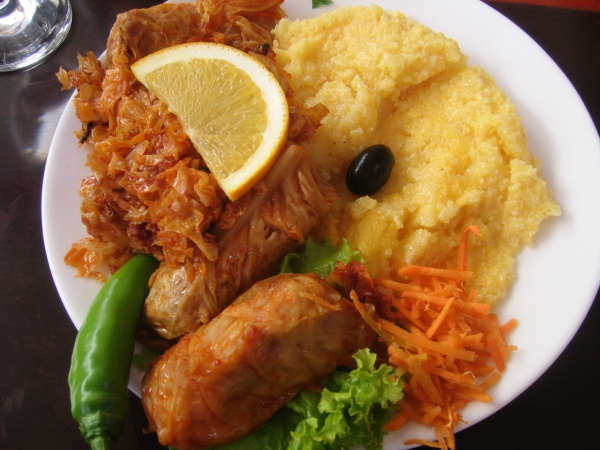Facts About Moldovan cuisine
Moldovan cuisine offers a delightful mix of flavors and traditions, deeply intertwined with the cultural heritage of the people of Moldova and the disputed region of Transnistria. This cuisine prominently features staples such as beef, pork, potatoes, cabbage, and a variety of cereal grains. It closely resembles Romanian cuisine while also drawing significant influences from Greek, Polish, Ukrainian, Russian, and Ottoman culinary traditions.
Thanks to Moldova's fertile soil, the country enjoys an abundance of fresh produce, including grapes, fruits, vegetables, grains, meat, and dairy products—all integral to its national dishes. Traditional favorites include mămăligă (a type of cornmeal mush), brânză (brined cheese), ghiveci (a hearty stew), and borș (various sour soups). Meat dishes, especially those featuring pork, beef, and lamb, are quite popular and often grilled or roasted to perfection. Special holiday meals might feature stuffed cabbage rolls, pilaf, pork jelly, and an array of delicious baked goods.
The diverse ethnic groups within Moldova contribute their unique flavors to the culinary landscape. For instance, Ukrainians in Moldova enjoy borscht, Bessarabian Bulgarians serve mangea, and the Gagauz people prepare shorpa.
When it comes to beverages, Moldovans have a particular fondness for divin (brandy), beer, and local wines made from grape varieties such as Fetească, Rara Neagră, and Busuioacă Albă. Moldova is particularly renowned for its sparkling wines, with the Cricova winery standing out for its exceptional sparkling wine made from European grape varieties.

 Ukraine
Ukraine